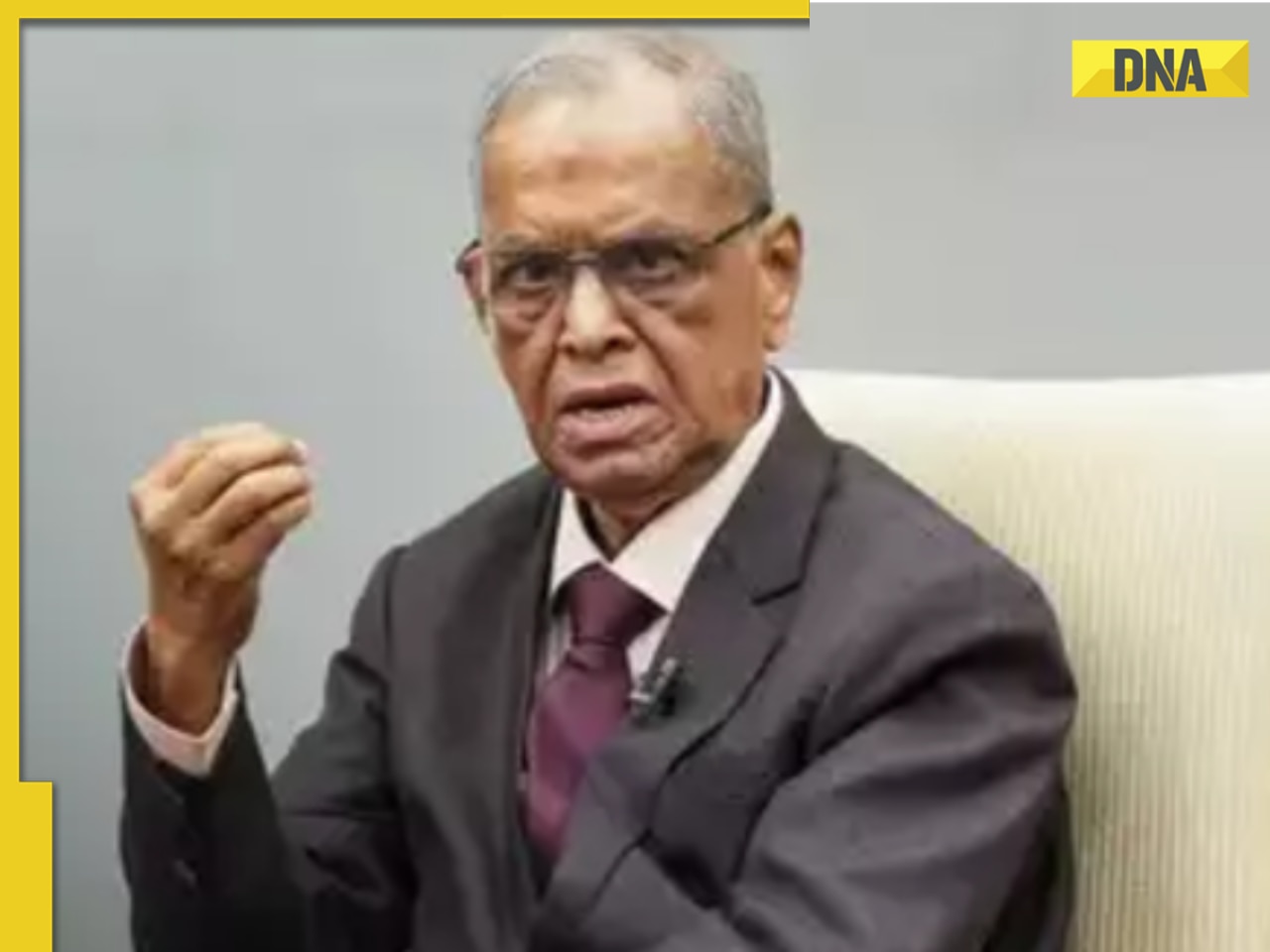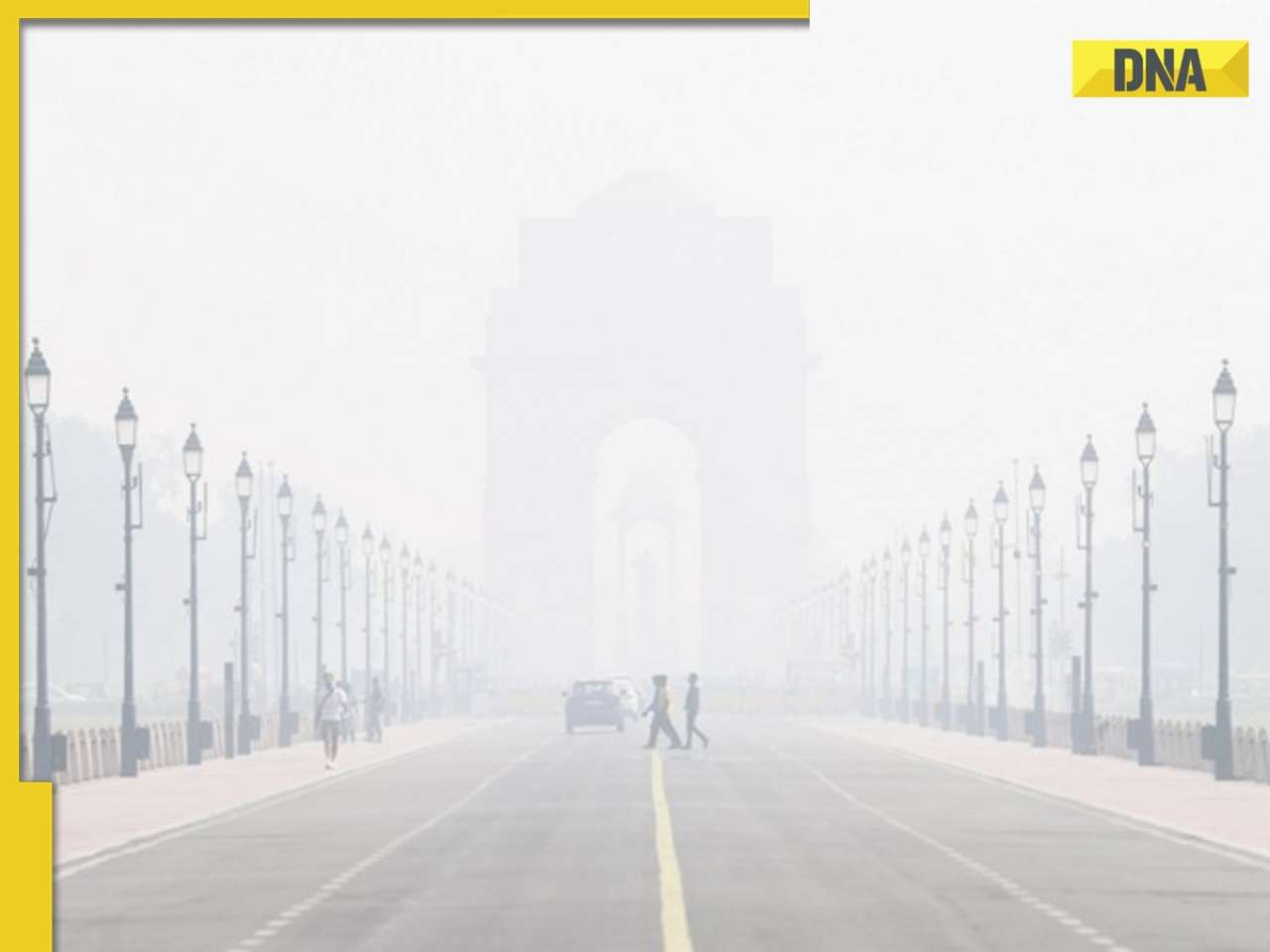- LATEST
- WEBSTORY
- TRENDING
HEALTH
How athletes rapidly cut weight overnight and why it’s risky
In the final 24 hours before the weigh-in, when athletes are typically just 1 to 1.5 kilos above their target weight, the focus shifts to eliminating excess water from the body.
TRENDING NOW
Weight-cutting is a practice where athletes rapidly shed weight within a short period, typically in the days or even hours leading up to a weigh-in. This process often involves severe calorie restriction, dehydration, and intense physical exertion. Athletes like Mary Kom, who shed 2 kilos within 4 hours in a tournament in Poland, or Aman Sehrawat, who dropped 4.5 kilos in just 10 hours before a Paris Olympics weigh-in, are prime examples of how intense and taxing this process can be.
Weeks before a competition, athletes begin their weight-cutting journey by creating a calorie deficit through rigorous training and a diet devoid of carbs, such as rice or roti, focusing instead on salads and other low-calorie foods. As the weigh-in approaches, their diet becomes even more restrictive, often leaving them to train on empty stomachs while also severely limiting their fluid intake.
In the final 24 hours before the weigh-in, when athletes are typically just 1 to 1.5 kilos above their target weight, the focus shifts to eliminating excess water from the body. This involves drinking as little water as possible and engaging in intense physical activity to sweat out the remaining weight. Wrestlers often don heavy hoodies or jackets and train in humid conditions, running in thick sweaters or even wearing sauna suits that push the body to extreme levels of heat and dehydration. In some cases, athletes take scalding hot baths to induce sweating, further depleting their bodies of vital fluids.
Health Risks:
While these methods may help athletes make weight, they come with severe health risks. Prolonged dehydration, a common tactic in weight-cutting, can lead to a host of dangerous symptoms, including loss of strength, electrolyte imbalances, dizziness, and even fainting. The lack of fluid intake during intense workouts can also cause hypothermia, a condition where the body’s core temperature drops dangerously low, leading to potential heart attacks and kidney failure.
The consequences of rapid weight loss extend beyond the weigh-in. During the actual competition, athletes may experience reduced concentration, blurred vision, and delayed joint movements due to their depleted physical state. Over time, these practices can lead to chronic issues such as renal problems and other forms of organ damage.
Moreover, the recovery process after a match is fraught with challenges. Rehydrating the body after such intense dehydration is not a straightforward task. Drinking large amounts of water too quickly can overwhelm the body, leading to vomiting as the system struggles to cope with the sudden influx of fluid. The mental toll of weight-cutting is also significant, with many athletes experiencing a drop in self-esteem and confidence just before they step onto the mat.







)
)
)
)
)
)
)
)
)
)
)
)
)
)
)
)



























































